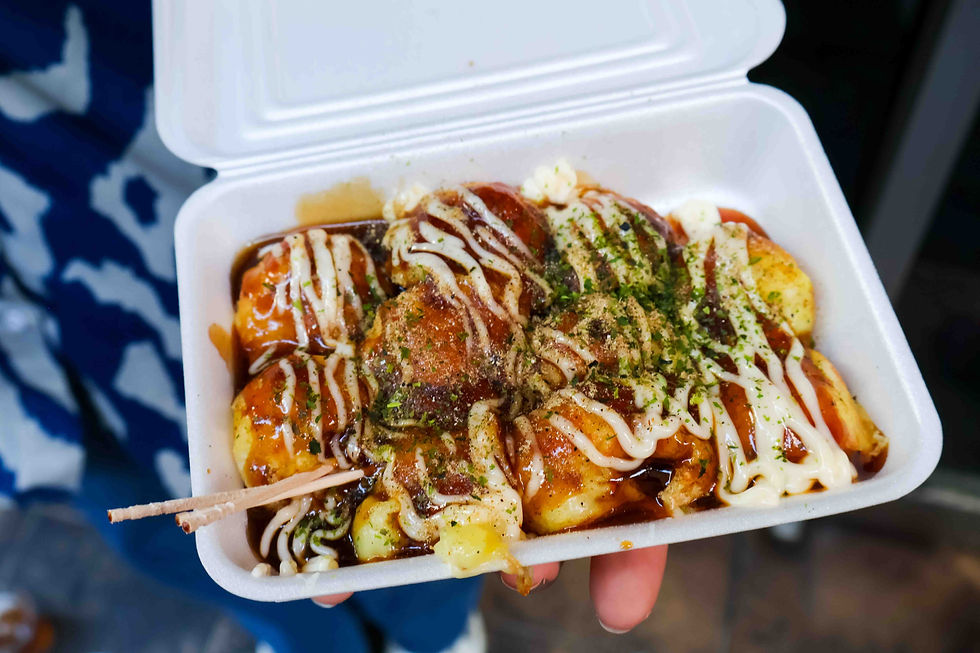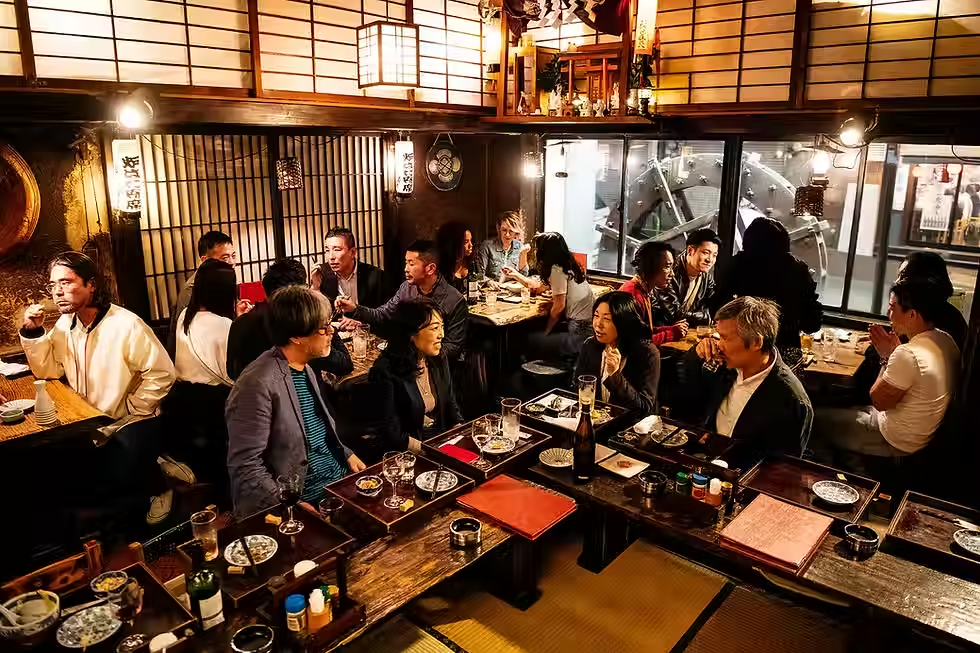Bullet Train Green Car vs Gran Class: Which Upgrade Is Worth It?
Frank Striegl
•
Jul 14, 2025
•
3
min read
Riding Japan’s famous bullet train - the Shinkansen - is already a little bit of magic. It hums quietly across the country at nearly 300 km/h, gliding past rice fields, mountains, and city skylines. Even the standard reserved seats are clean, comfortable, and famously punctual.

But if you’ve ever looked at the booking screen and seen Green Car or Gran Class, you’ve probably wondered: Is it worth the upgrade?

Here’s what to know - and which option makes sense for your next Japan trip.
Green Car: Business-Class Comfort on Rails
The Green Car is like flying business class without ever leaving the ground. Think of it as the sweet spot between comfort and value.

Seats are wider and softer, with generous legroom and deeper recline. You’ll find a fold-out footrest, large windows, and a calmer, quieter atmosphere - the kind where most passengers read, nap, or simply gaze out the window in silence. The lighting is also softer than in the standard compartments.
The upgrade costs roughly 30–40% more than a standard reserved seat, but for long routes like Tokyo to Kyoto or Hiroshima, it can make all the difference.

Best for: Travelers who want to stretch out, relax, or work on the go - without breaking the bank.
Gran Class: The Shinkansen’s First-Class Experience
Gran Class is the bullet train at its most indulgent. Picture a private cabin feel - only 18 seats per car, upholstered in buttery-soft leather.

The seat reclines almost flat. You’ll have a blanket, slippers, and personal service from dedicated attendants. Depending on the route, you’ll be offered complimentary drinks, snacks, and even bento boxes crafted with regional ingredients.

It’s quiet - almost eerily so. Time slows down as you glide through Japan’s countryside with a cup of green tea in hand.

The upgrade comes at a price: about double the cost of a standard reserved seat.

Best for: Special occasions, honeymoons, or long-haul rides like Tokyo to Shin-Hakodate or Kanazawa. This is when you want the journey itself to feel like an event.

Bullet Train Seating Comparison
Seat Type | Comfort Level | Price | Ideal For |
Standard Reserved | Basic but comfortable | ★ | Budget-conscious travelers or short trips |
Green Car | Business-class comfort | ★★ | Long routes or travelers who value quiet and space |
Gran Class | First-class luxury | ★★★ | Celebrations or travelers who want to indulge |
Bullet Train Green Car vs Gran Class Summary
If you’re deciding between the Bullet Train Green Car vs Gran Class, here’s the takeaway:
Green Car offers the best balance - spacious, quiet, and relatively affordable.
Gran Class is pure luxury - not essential, but unforgettable if you’re celebrating or simply curious.

Either way, Japan’s bullet train is one of the most enjoyable ways to move across the country. Whether you’re racing from Tokyo to Kyoto or tracing the northern line toward Hokkaido, the Shinkansen turns travel into something you’ll actually look forward to.
FAQs
Do you get food in Gran Class?
Yes. Many routes include complimentary snacks and a beautifully presented bento meal, along with tea, coffee, or alcohol.
Is Green Car worth it for short trips?
For under two hours, probably not - the difference is subtle. But for Tokyo–Kyoto or longer routes, the comfort is noticeable.
Can you use a JR Pass for Green Car or Gran Class?
Yes for Green Car (with a Green JR Pass). Gran Class requires a separate ticket, even with a JR Pass.






